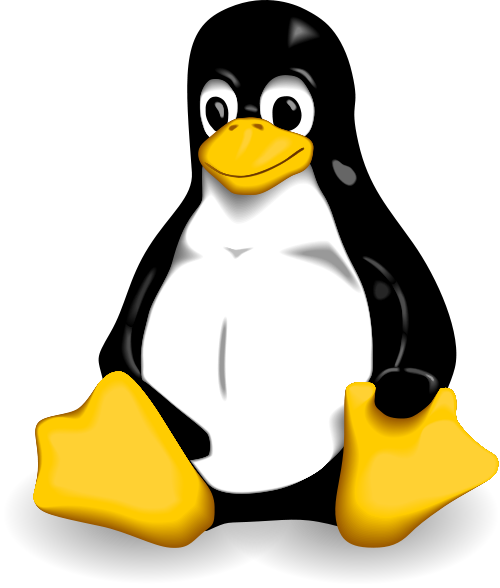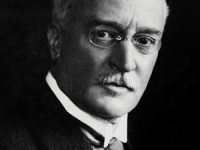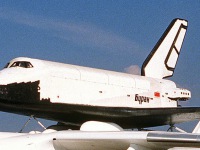
Penguin Tux, the Linux Mascot
On September 17, 1991, the Finnish student of computer science Linus Torvalds, uploaded Linux kernel version 0.01 to the ftp server ftp.funet.fi. This might be considered as the date of birth of the famous free operating system Linux, although Torvalds announced the new OS a few weeks earlier on usenet already. Nevertheless, Linux has become one of the most popular operating systems today, and this of course with a god reason….
I think, fundamentally, open source does tend to be more stable software. It’s the right way to do things. – Linus Torvalds
Linus Torvalds Background
Linus Torvalds was born in 1969 in Helsinki, Finnland. His interest in computers started early with the Commodore VIC-20, his grandfather purchased for mathematical calculations when Torvalds was around 11 years old. Soon he began to create own small programs and games on his grandfathers machine. Around 1987, with money he had received through scholarships, vacation jobs and a loan from his father, Torvalds bought a new home computer, a Sinclair QL with 128 kilobytes of memory and a 68008 processor, whose then unique ability of pre-emptive multitasking fascinated him. Using the Sinclair QL, Torvalds is known to have programmed a clone of the famous PacMan game. Linus Torvalds graduated from high school in 1988 and began his studies at the University of Helsinki. As a student of computer science, he purchased an IBM PC before receiving his copy of the MINIX operating system, which in turn enabled him to begin work on Linux.

Linus Torvalds. Image: Linuxmag.com
The MINIX OS
MINIX is an inexpensive minimal Unix-like operating system, designed for education in computer science, written by Andrew S. Tanenbaum. During his computer science studies Torvalds became curious about operating systems in general. But, he soon got frustrated by the licensing of MINIX, which limited it to educational use only. Therefore, he decided to begin to work on his own operating system which eventually became the Linux kernel. As Torvalds wrote in his book “Just for Fun“, he eventually realized that he had written an operating system kernel.
The Linux Kernel
Torvalds started the development of the Linux kernel on MINIX, and applications written for MINIX were also used on Linux. Later on, when Linux matured, and further development took place on native Linux systems replacing all MINIX components by GNU applications, because it was advantageous to use the freely available code from the GNU project with the fledgling operating system. Program code licensed under the GNU General Public License (GNU GPL) can be reused in other projects as long as they also are released under the same or a compatible license. Torvalds initiated a switch from his original license, which prohibited commercial redistribution, to the GNU GPL. Developers worked to integrate GNU components with Linux to make a fully functional and free operating system.
“…the Linux philosophy is ‘laugh in the face of danger’. Oops. Wrong one. ‘Do it yourself’. That’s it.”
— Torvalds, Linus (1996-10-16). Post to linux.dev.kernel newsgroup
Linux Today
Today, Linux systems are used in every domain, from embedded systems to supercomputers. The Use of Linux distributions in home and enterprise desktops has been constantly growing and Linux has also gained popularity with various local and national governments, such as e.g., Brazil, Russia, Spain, or in India or China, because of its independency from a special supplier.
The mind behind Linux | Linus Torvalds, [6]
References and further reading:
- [1] Oliver Diedrich: The History of Linux
- [2] Linus Torvalds: Just for Fun or The Story of an Accidental Revolutionary, Harper Business, 4th ed. (2002)
- [3] Linus Torvalds at Wikidata
- [4] The BASIC Programming Language, SciHi Blog
- [5] IBM and the Success Story of the Personal Computer, SciHi Blog
- [6] The mind behind Linux | Linus Torvalds, 2016, TED @ youtube
- [7] The Linux Kernel Archives: Frequently asked questions”. kernel.org.
- [8] “Twenty Years of Linux according to Linus Torvalds”. ZDNet
- [9] “What Is Linux: An Overview of the Linux Operating System”. Medium.
- [10] Timeline of operating systems, via Wikidata






Pingback: Whewell’s Gazette: Year 2, Vol. #10 | Whewell's Ghost